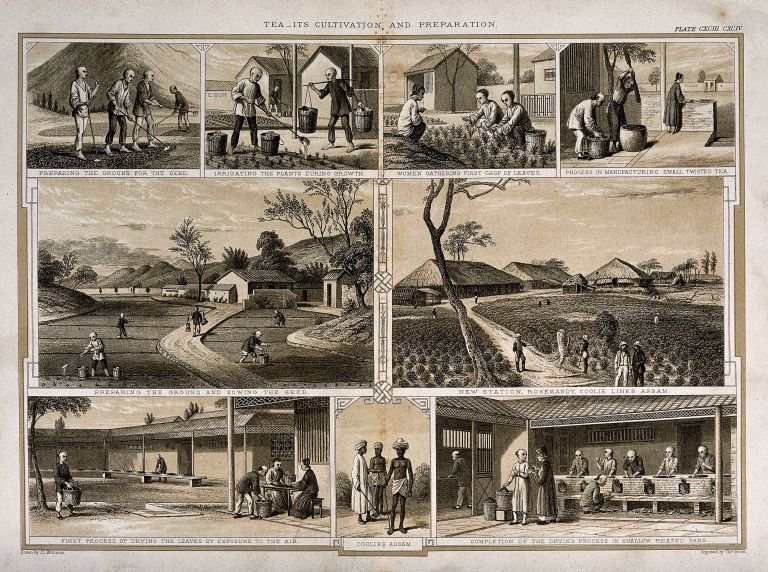“I do not hesitate to say that half our agricultural population never know from year’s end to year’s end what it is to have their hunger fully satisfied.” This is the exact statement given by Sir C.A. Elliot, a lieutenant governor of then Bengal presidency, to the British government. This is the most compelling evidence of unemployment and poverty in British hit India. Such words from the mouth of a colonial official itself make us realize the adversities of British rule. Let us take a look at the occupational structure before independence.
Suggested Videos
Employment in India before Colonisation
Pre-British India was sprawling with opportunities. Popularly known as the golden eagle, it was among the most important contributors to the world economy. Pre-colonial India saw traders from all around the world. Urban handicraft industry was a highlight of the then industrial sector. But various other industries, although sparse, were arriving on the scene. The sprawling industrial sector promised a bright future. This gave birth to a number of employment alternatives.
People found employment in the industrial sector (dominated by the urban handicrafts) and agricultural sector. Skilled craftsmen formed the majority of these workers. Evidently, India was known for its excellent craftsmanship. Additionally, individual villages were self-sufficient and the village communities directly consumed these outputs.
Some other occupations were- tending cattle, weaving, goldsmith, pottery, washermen, carpentry, cobblers, surgeons etc. Sadly, all these affirmations went away with the dust since the advent of the East India Company.
Browse more Topics under Indian Economy On The Eve Of Independence
- British Colonial Rule
- Agricultural Sector
- Industrial Sector
- Foreign Trade
- Demographic Condition
- Infrastructure
Occupational Structure of Colonial India
The colonial exploitation forced India to transform from a country of combined agricultural and manufacturing activities to a colony fulfilling Britain’s interests. The Colonials carried out a decentralization of the Indian industries. This forced India to become a mere exporter of raw materials to Britain.
The Indian economy under colonial rule became primarily agrarian. The workforce was diverted towards tea, indigo and coffee plantations. People left with no other option after the downfall of industrial sector either flocked to these plantations or were forced by the colonials to do so. Evidently, the agricultural sector accounted for the largest share of the workforce which was around 70-75%. The manufacturing and the services sectors accounted for only 10 and 15-20 percent respectively.

Also, there were increasing regional variations under the British rule. There was a decline in the workforce on agriculture in the parts of the then Madras Presidency, West Bengal and Maharashtra coupled with an increase in the workforce on manufacturing and services sector. At the same time, there was an increase in the workforce in agriculture for Orissa, Rajasthan, and Punjab.
By and large, there was a drastic change in the occupational structure after the advent of colonization. The selfish interests of colonials completely transformed the volume of the workforce.
A Solved Example For You
Q: The share of the agricultural sector in the Indian workforce under colonial rule was:
- 70-75%
- 50%
- 10-20%
- 90%
Ans: The correct option is ‘A’. The Indian economy became agrarian with 70-75% of workforce depending on the agricultural sector for livelihood. And this trend continued even post independence. But now our dependence on agriculture is slowly decreasing.






can I ask who the author is and the date of the publishment? I want to cite it in my paper.